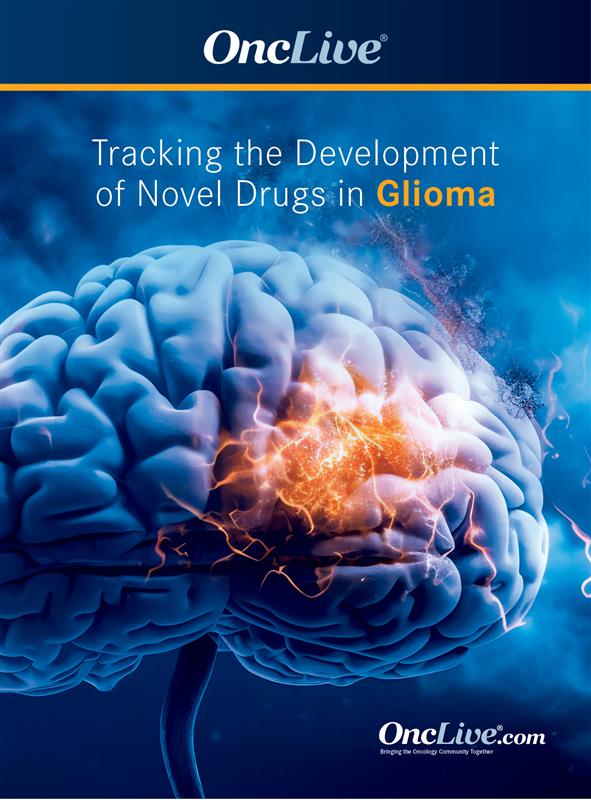Commentary
Video
Supplements and Featured Publications
Dr Umemura on the Development of ONC201 in H3K27M-Mutant Diffuse Midline Glioma
Author(s):
Yoshie Umemura, MD, discusses the development of ONC201 in patients with H3K27M-mutated diffuse midline glioma.
Yoshie Umemura, MD, division chief, Neuro-Oncology, William R. and Joan R. Shapiro Chair for Neuro-Oncology Research, associate professor, neurology, Barrow Neurological Institute, chief medical officer, Ivy Brain Tumor Center, discusses the development of ONC201 in patients with H3K27M-mutated diffuse midline glioma.
Efficacy data with ONC201 in diffuse midline glioma have generated excitement, Umemura says. Early clinical observations with this agent have revealed substantial tumor volume reductions in patients with H3K27M mutations, Umemura notes. This mutation-specific response to the agent differentiates diffuse midline glioma from glioblastoma, a tumor type in which ONC201 has previously been shown to generate unfavorable outcomes, Umemura adds.
For instance, an integrated analysis of ONC201 monotherapy was conducted in patients with recurrent H3K27M-mutant diffuse midline glioma. The study included 46 adult patients and 4 pediatric patients who received the agent across 4 clinical trials or 1 expanded-access protocol. This analysis demonstrated an overall response rate (ORR) per Response Assessment in Neuro-Oncology (RANO) high-grade glioma (HGG) criteria of 20.0% (95% CI, 10.0%-33.7%). The median time to response was 8.3 months (range, 1.9-15.9), and the median duration of response was 11.2 months (95% CI, 3.8-not reached). Furthermore, the ORR per combined RANO-HGG/low-grade glioma criteria was 30.0% (95% CI, 17.9%-44.6%).
These findings underscore the importance of conducting molecular diagnoses to accurately identify tumor types and tailor treatments accordingly, Umemura emphasizes. The efficacy of ONC201 in patients with H3K27M-mutant diffuse midline glioma supports the potential use of this agent as a targeted therapy in this disease subset, Umemura explains.
Moreover, ONC201 is administered orally, which enhances its appeal for oncologists and patients, according to Umemura. The agent is also well tolerated, she notes. This ease of administration and tolerable safety profile, combined with the efficacy of this agent in a molecularly defined patient population, positions ONC201 as a promising therapeutic option for patients with diffuse midline glioma harboring H3K27M mutations, Umemura concludes.










